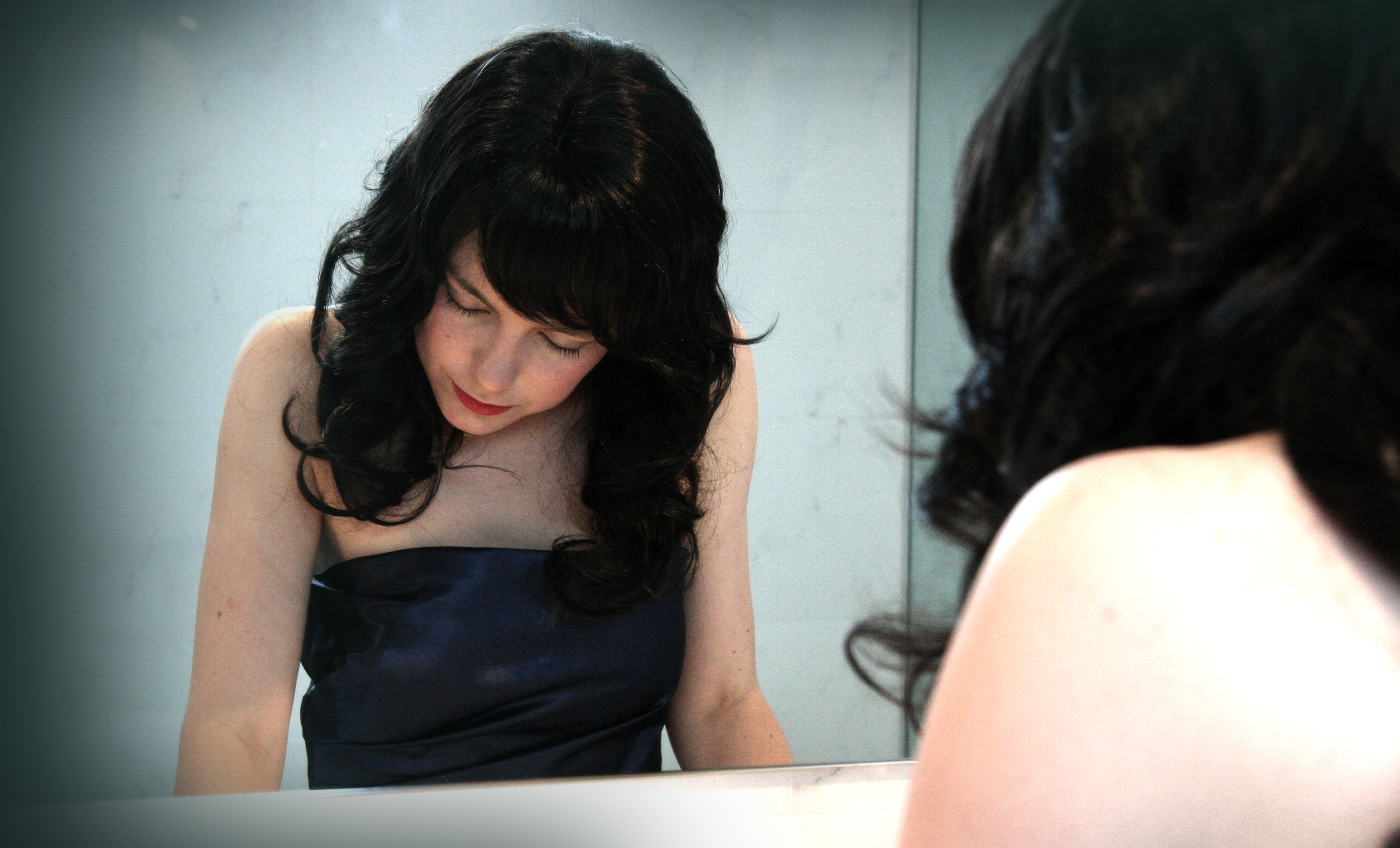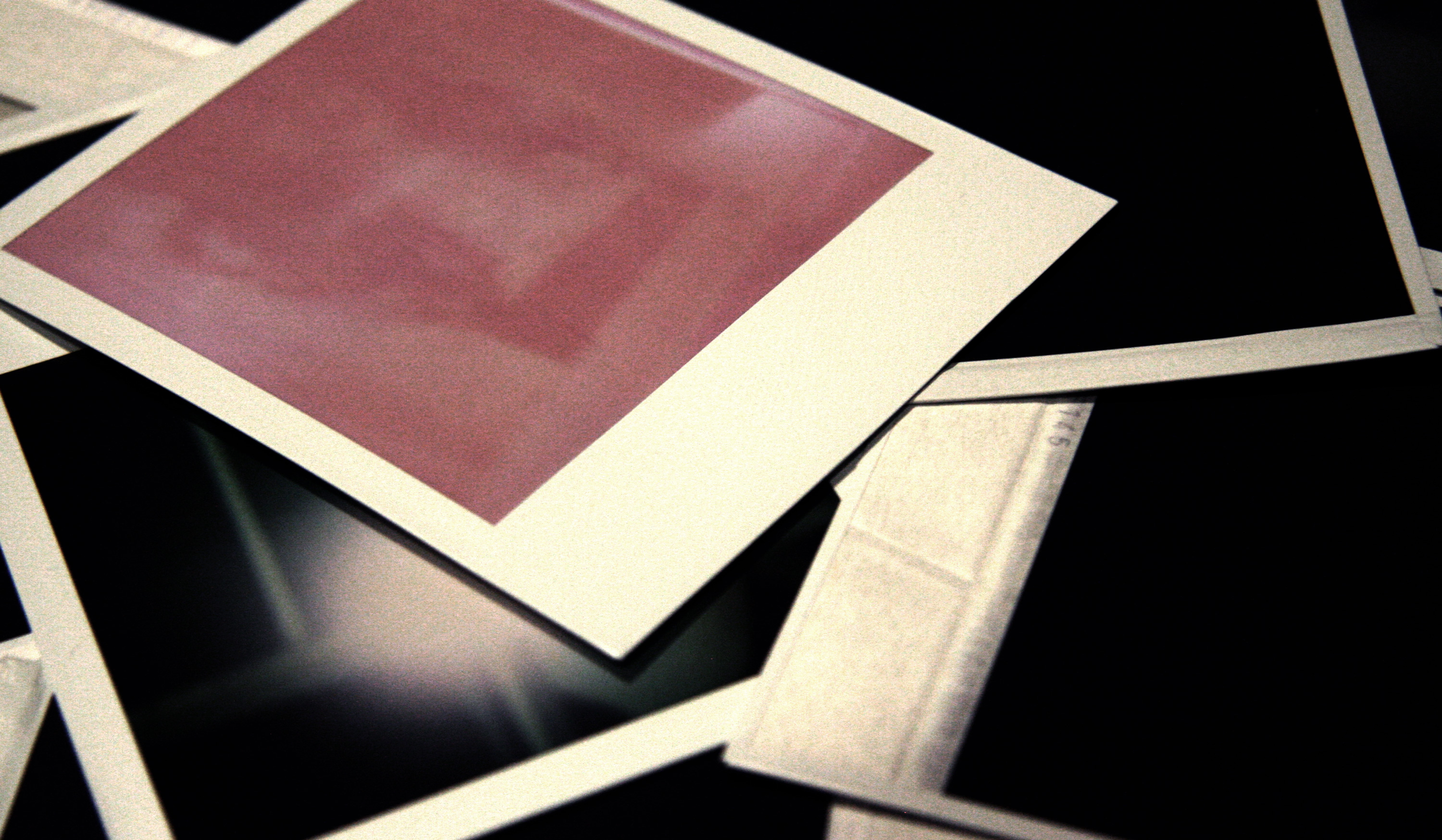
Process, 2010. Promotional Image.
Process, 2010
Two Part Performance and Video Installation
Process was a performance and video installation that consisted of two distinct parts.
The first part took place over a three hour period which constituted the opening night of the exhibition. Upon entering the gallery, a large suspended 16:9 screen was visible. This video contained a short loop of a woman lying on a bed, in what appears to be a hotel room. A polaroid of the woman is taken. The camera lingers on the full process of the polaroid image developing. The still image is seen in motion as it develops. Death is reanimated through photography.
When the viewer moved beyond the suspended screen, a white box positioned on the floor, with the horizontal dimensions of a Polaroid photograph, became visible. This structure had a piece of frosted Perspex where the image would be in a Polaroid photograph. The box was illuminated by a video projection that provided light in a way that replicated the uneven colour distribution typical of a Polaroid photograph. Inside this box was a woman (the artist) lying in the same position as the woman depicted in the video. The live performer though still, exists always in motion, if only via the necessary act of breathing.
The video and performance combined to highlight the impossibility of the arrested moment, which has defined photographic representation since its invention.
The second part of Process extended for the remaining duration of the exhibition. All of the elements from the opening night were removed and three boxes, similarly shaped to the one containing the performer on the opening night, were scattered around the gallery. Like the box from the performance, there was a piece of frosted Perspex where the image would be in a Polaroid and onto each of these was projected a still image of an element that related to the video. Each of the images projected onto the sculptural elements, appear as forensic details. A hotel door, broken string of black pearls and a smashed wine glass in a sink. By evoking forensic photography in the highly aestheticized context of this artwork, the idea of mechanical reproduced imagery as evidence is bought into question.
Each of the elements of this artwork question the idea of photography as a stable medium. Instead we see still images in a process of movement as they develop and eventually decay. This physical movement is embroiled within the history of representation and aestheticization of photographic subjects that undermine the concept of photography as a neutral medium of representation.
Text and Links:
Anne Marsh. "Performance Art - Live and on Screen." What is Performance Art? Australian Perspectives. Eds. Adam Geczy and Mimi Kelly. Sydney: Power Publications, 2018. p.64-65.
Anne Marsh. Performance/Ritual/Document. Palgrave Macmillan, 2014. p.154-57.
George Paton Gallery, 2010 Program. pdf here.
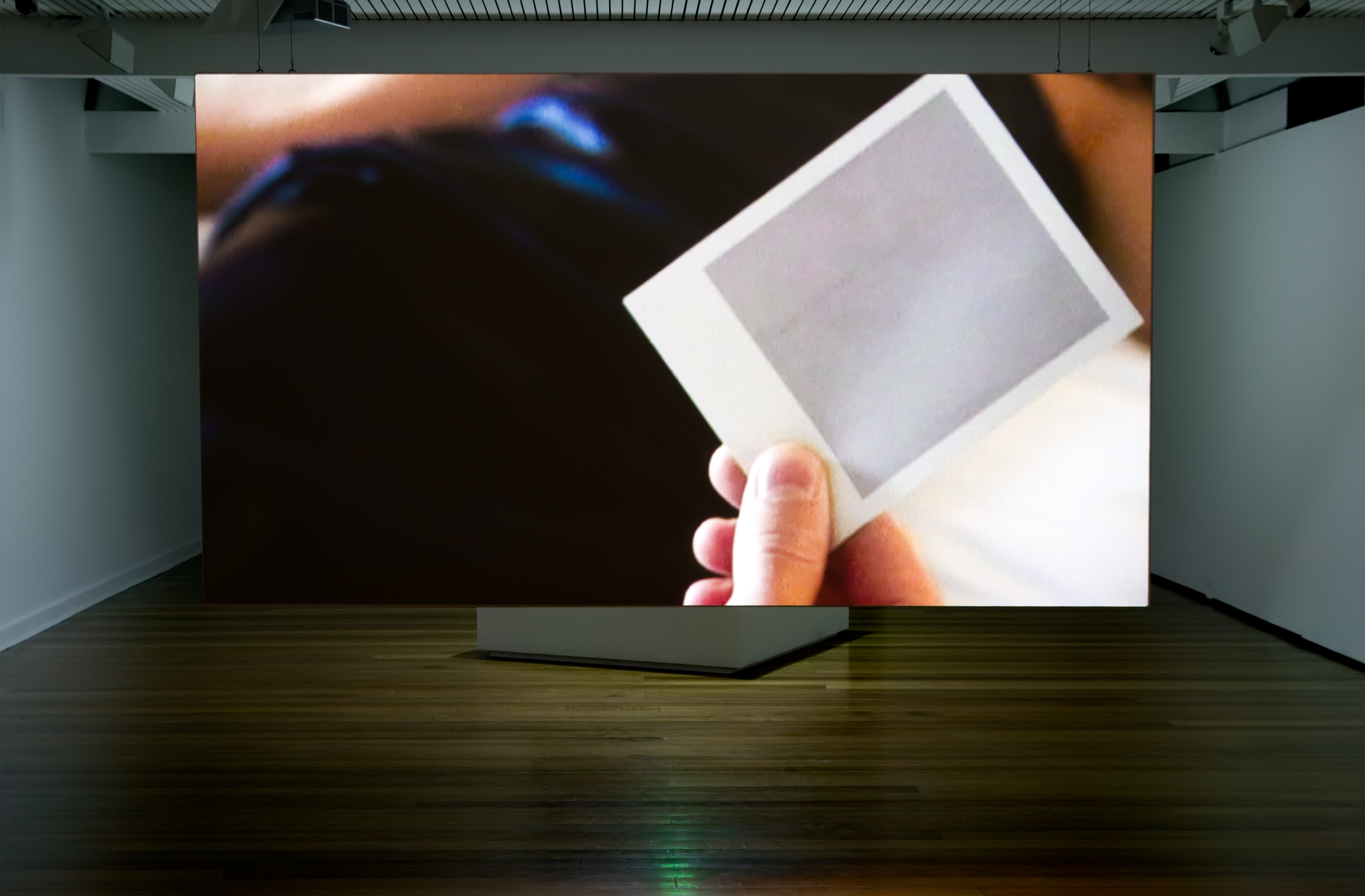
Process, 2010. Part 1 of 2: Opening Night Performance and Video Installation. Installation View (Detail). George Paton Gallery, Melbourne.
Process, 2010. Opening Night Video Component. HD Video. Stereo Sound. 3min14sec.
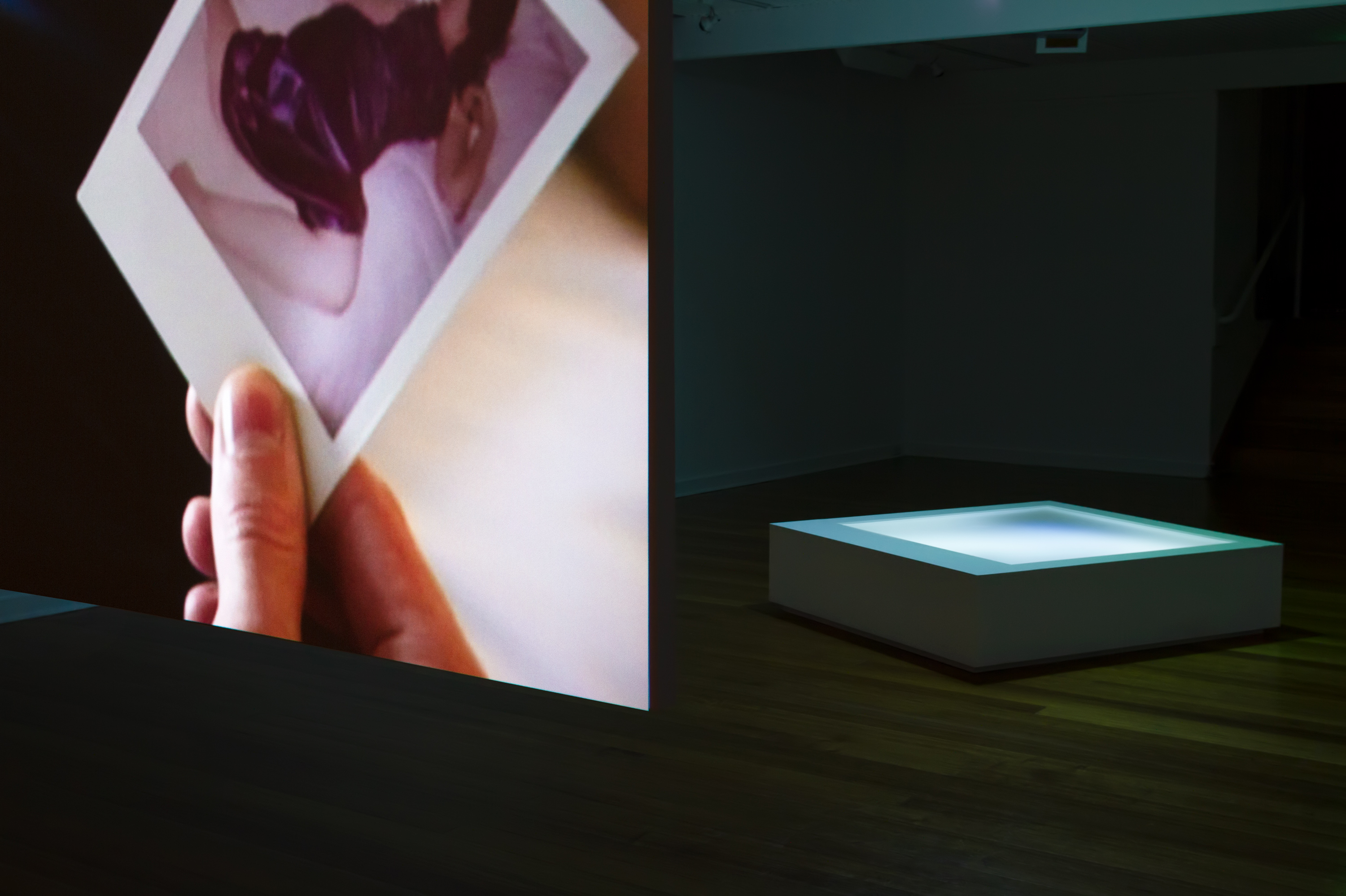
Process, 2010. Part 1 of 2: Performance and Video Installation. Performance and Installation View (Detail). George Paton Gallery, Melbourne.
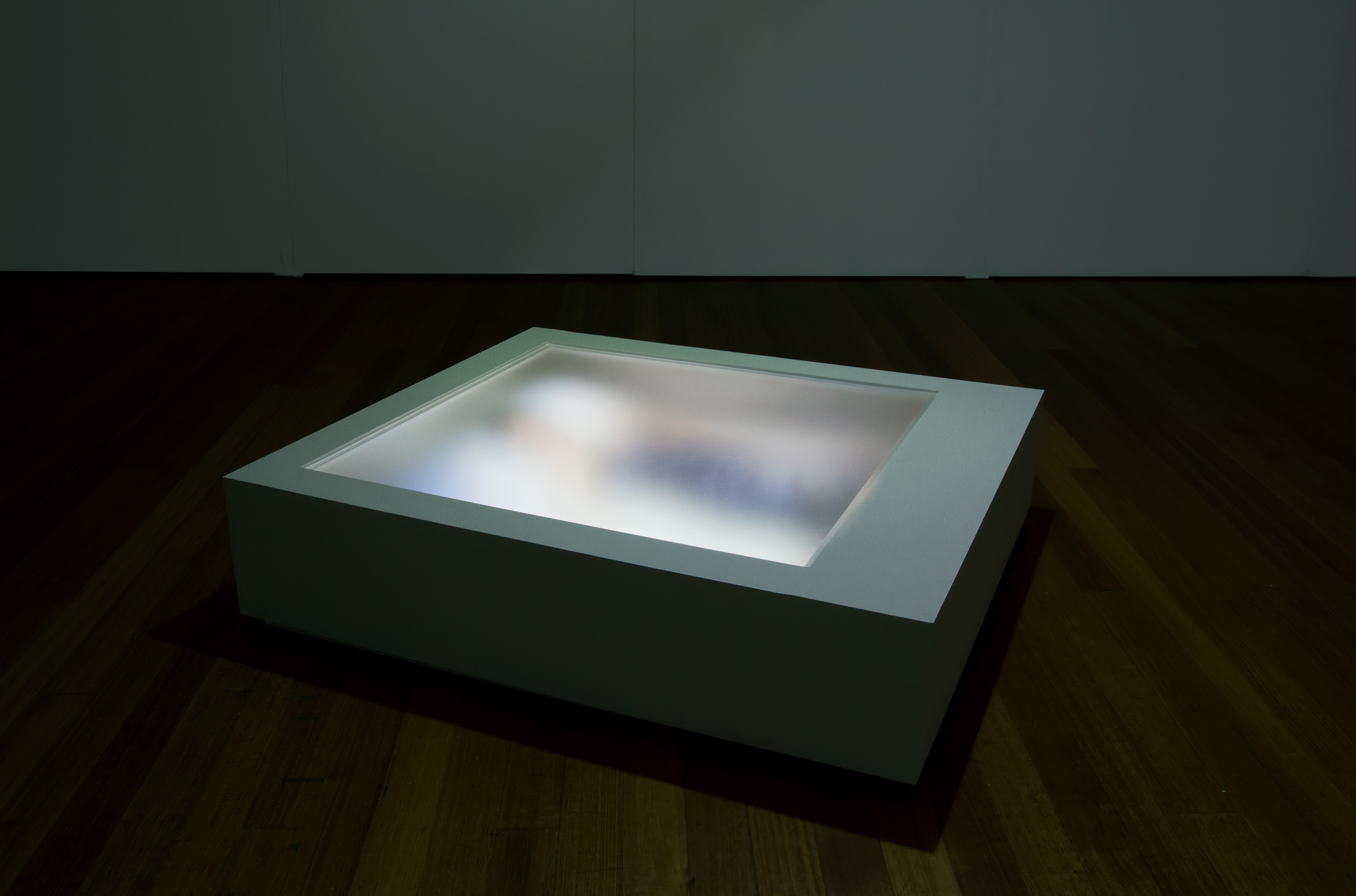
Process, 2010. Part 1 of 2: Opening Night Performance and Video Installation. Performance and Installation View (Detail). George Paton Gallery, Melbourne.
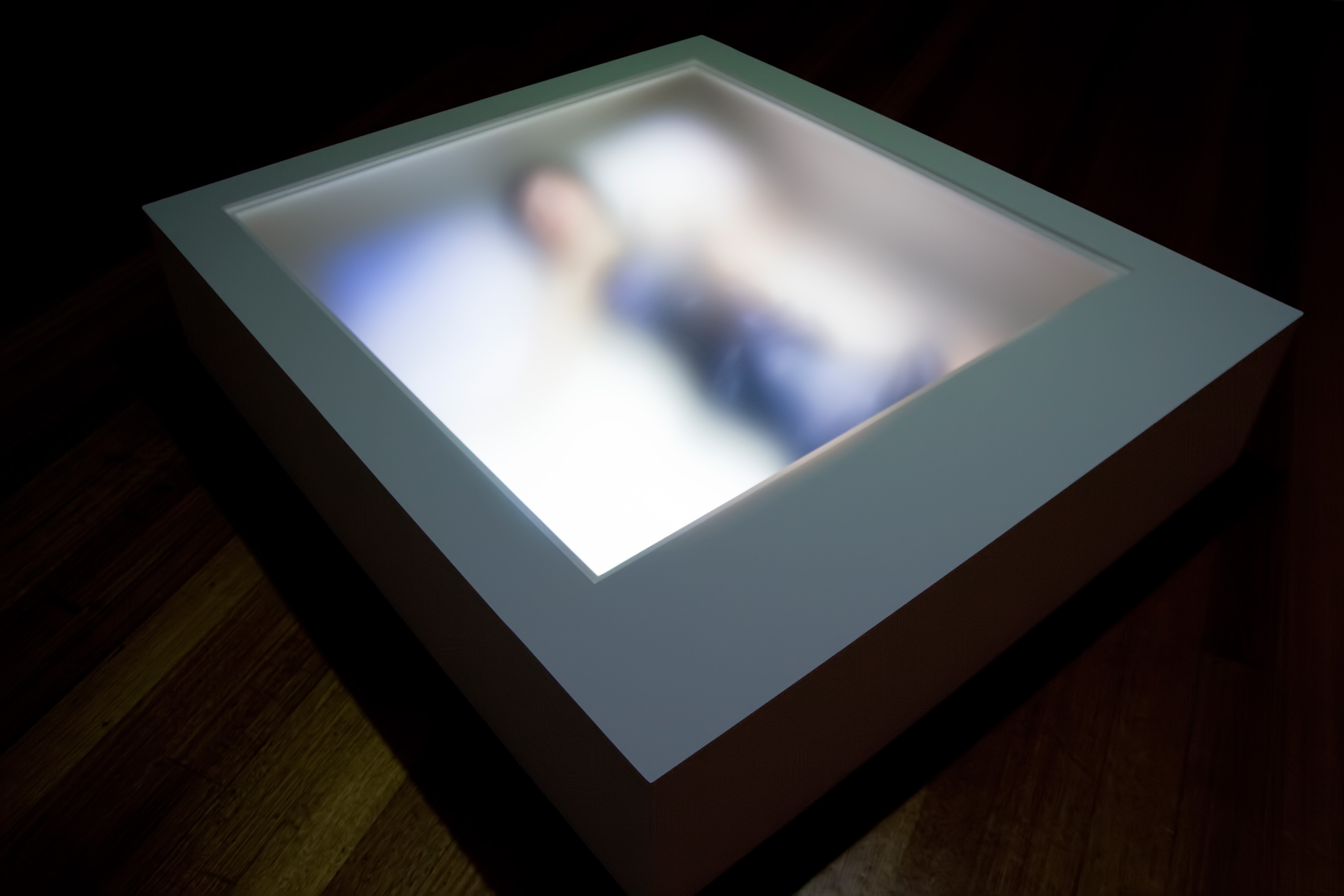
Process, 2010. Part 1 of 2: Opening Night Performance and Video Installation. Performance View (Detail). George Paton Gallery, Melbourne.
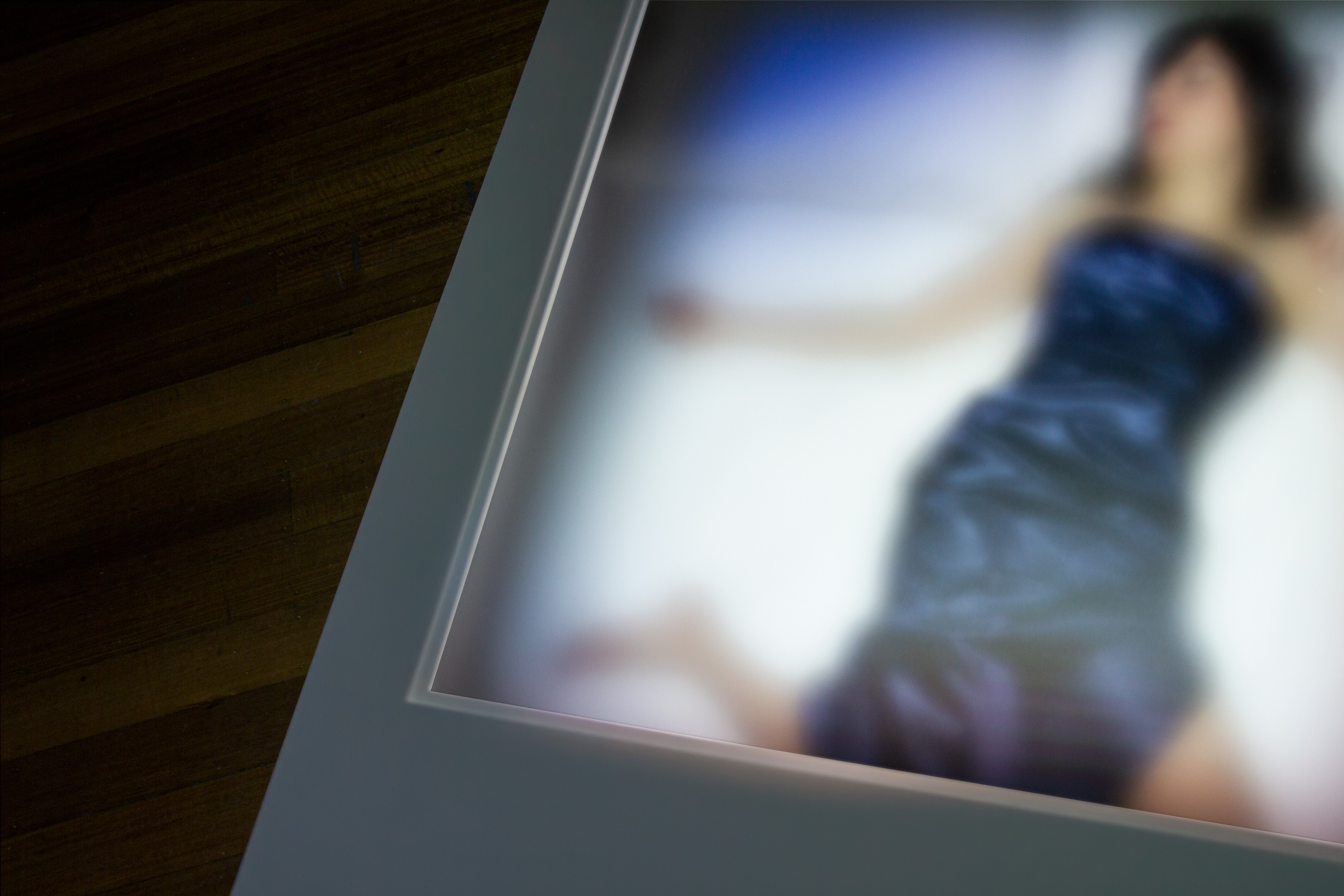
Process, 2010. Part 1 of 2: Opening Night Performance and Video Installation. Performance View (Detail). George Paton Gallery, Melbourne.
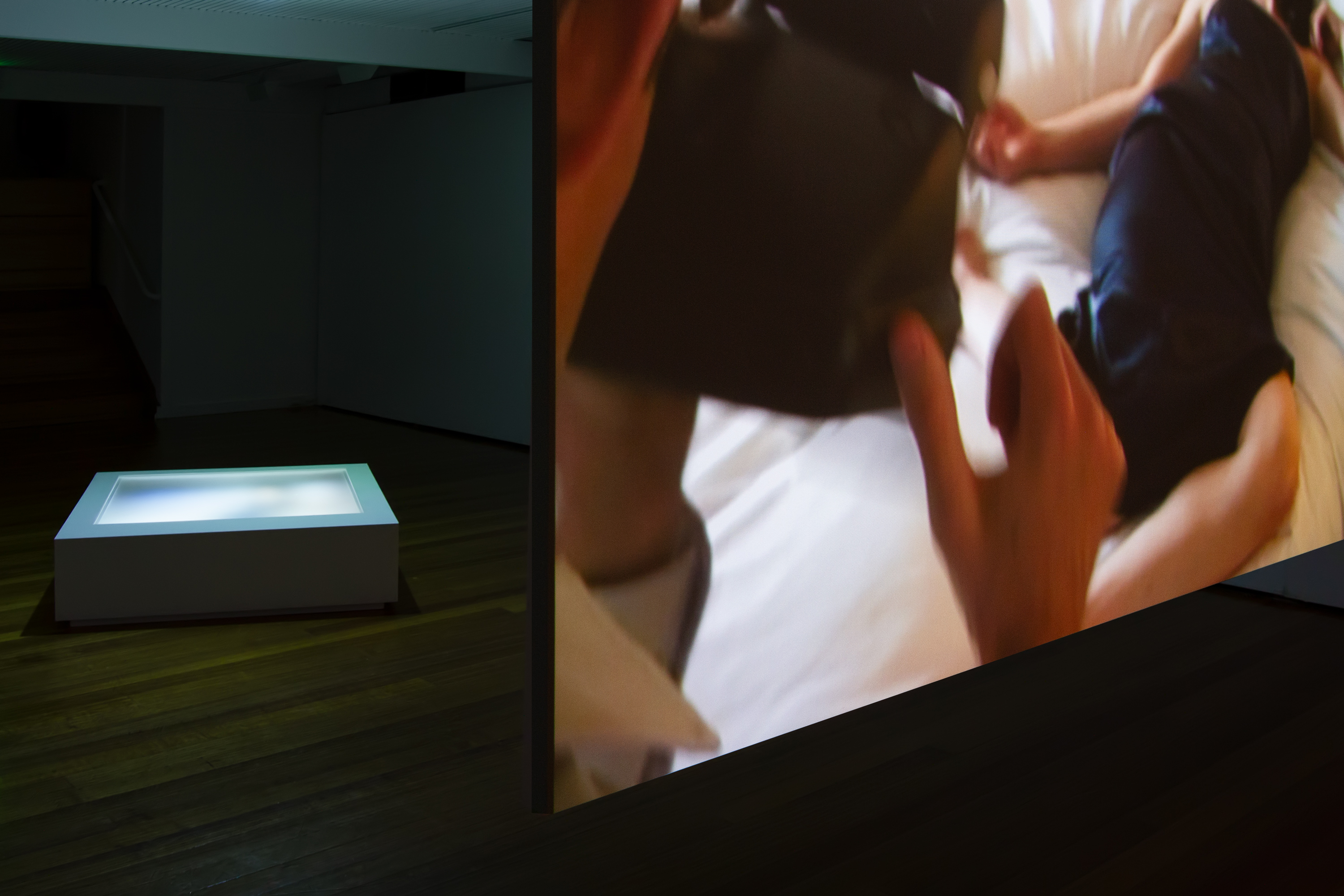
Process, 2010. Part 1 of 2: Opening Night Performance and Video Installation. Installation View. George Paton Gallery, Melbourne.
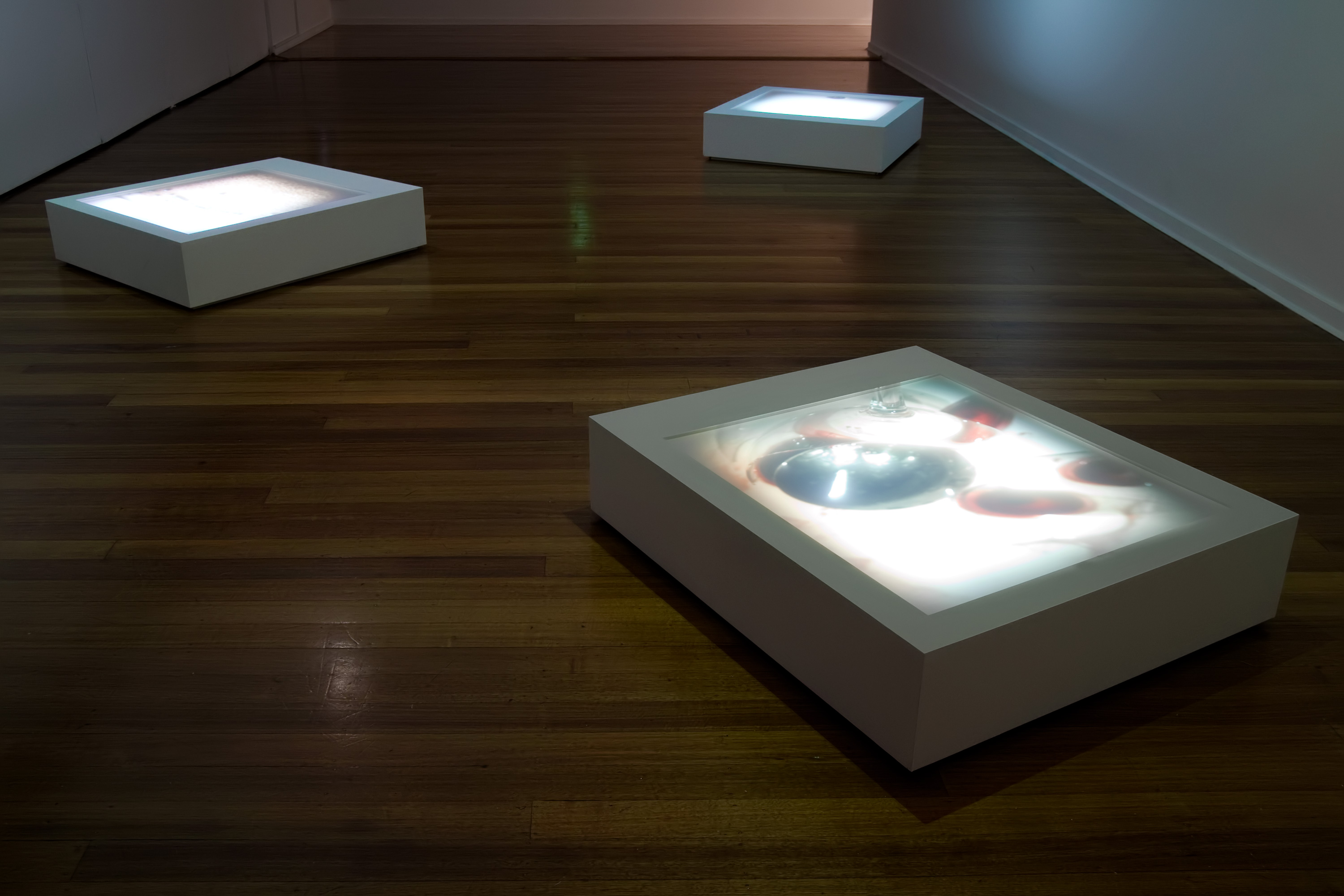
Process, 2010. Part 2 of 2: Three-Channel Video Installation. Installation View. George Paton Gallery, Melbourne.
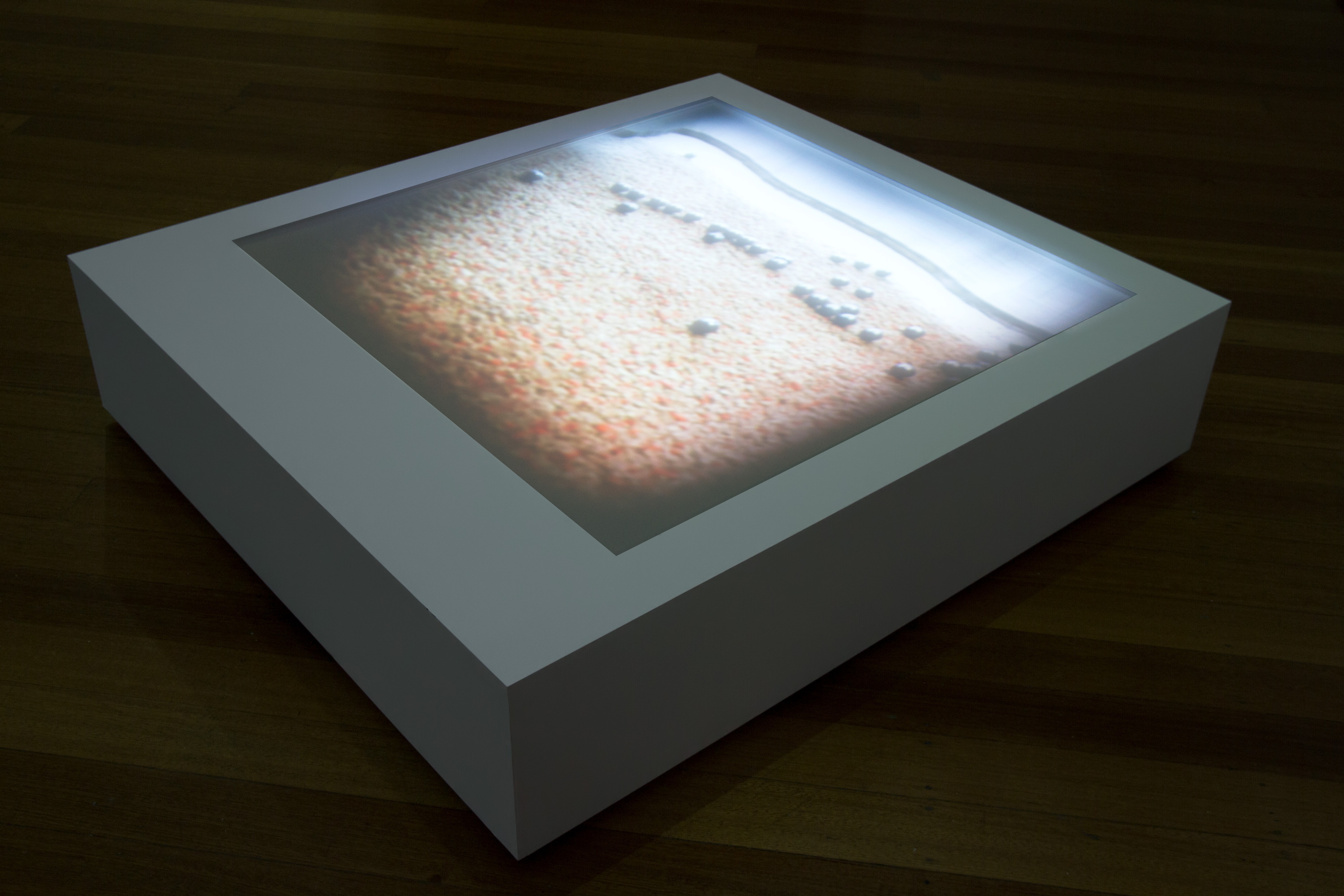
Process, 2010. Part 2 of 2: Three-Channel Video Installation. Installation View. George Paton Gallery, Melbourne.

Process, 2010. Part 2 of 2: Three-Channel Video Installation. Installation View. George Paton Gallery, Melbourne.
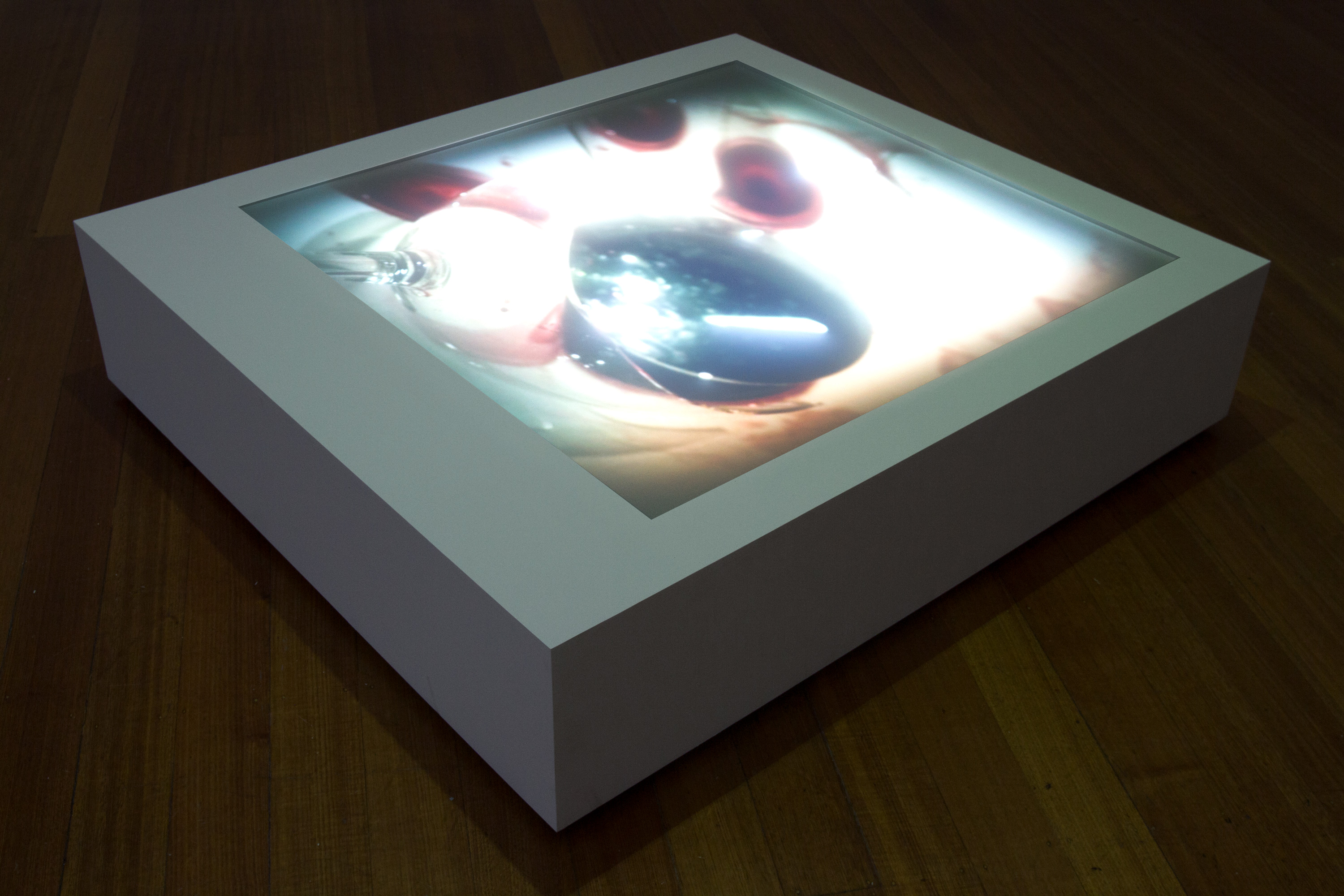
Process, 2010. Part 2 of 2: Three-Channel Video Installation. Installation View. George Paton Gallery, Melbourne.
